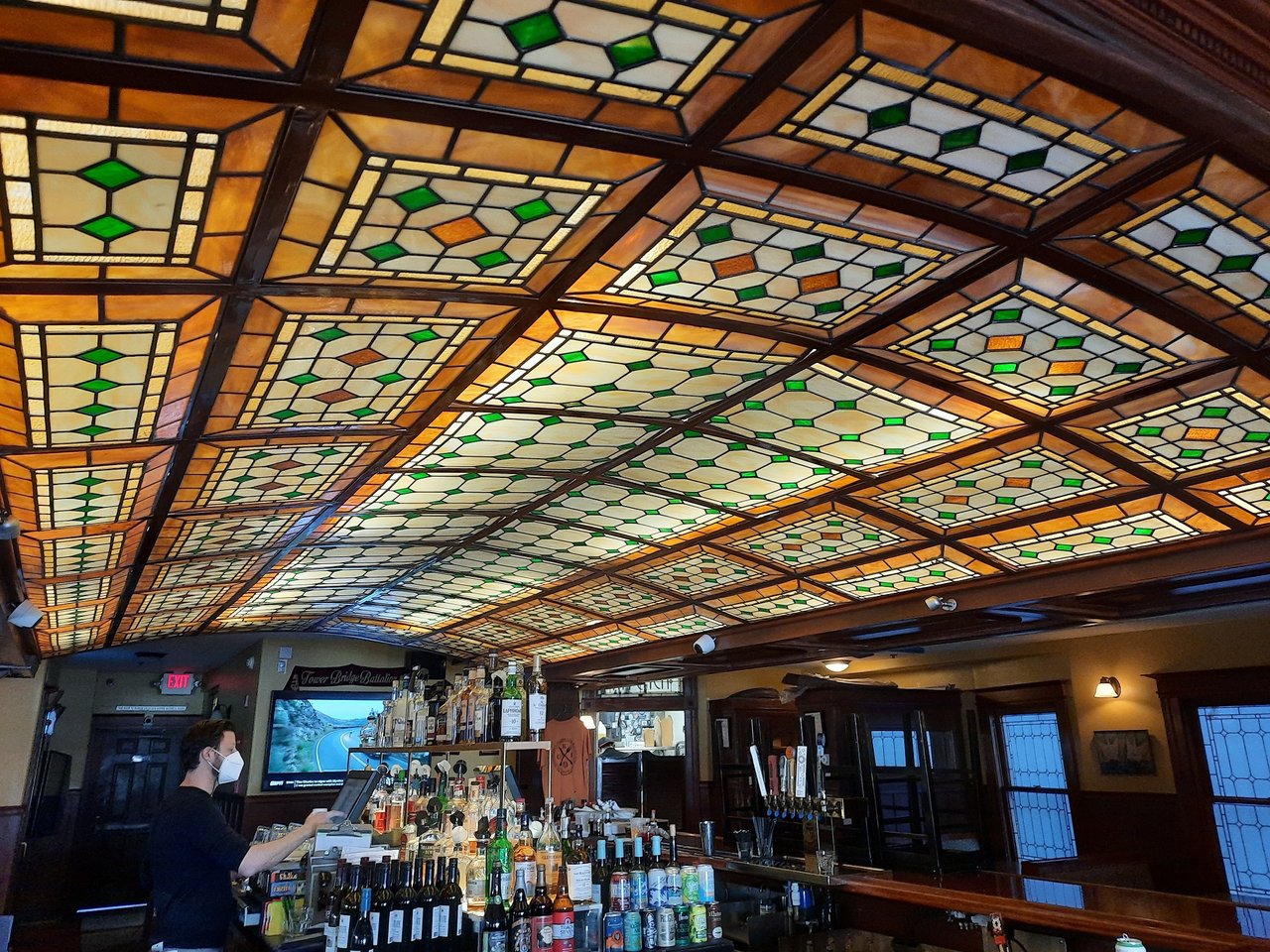(CN) — With millions of Covid-19 vaccine doses being given to Americans by the day, and public health officials announcing pieces of normal life that can resume post-vaccination, it’s understandable that many are feeling a sense that, after more than a year, the pandemic’s end is near.
The number of new cases in the United States suggest there’s still a fight to win.
Hospitalization rates for Covid-19 patients remain lower than the peak in early January 2021, according to the Centers for Disease Control and Prevention. But in recent weeks, rates in all age groups have either risen or plateaued.
Doctors and public health experts weighed in on what the recent caseloads suggest about our behavior, including whether talk of increased vaccination is causing some to get complacent, and how to get those who are reluctant to masking up — or just tired of it — to stick with the safety measure.
Vaccination Way Up; Masking Slightly Down
Still two weeks away from the May 1 deadline set by President Joe Biden, by which all American adults should be vaccine-eligible, states remain on track or early to the finish line.
California and Washington state will open up eligibility to all adults on Thursday. In the few days that follow, Virginia, Vermont, Massachusetts, Pennsylvania and Rhode Island will do the same, as will Washington, D.C.
More than 74 million Americans are already fully vaccinated, and 120 million have gotten at least one shot.
But even with vaccination ticking up, doctors and public health experts agree that it’s not time to stop wearing masks, avoiding crowds and taking other precautions to keep the spread of the coronavirus under wraps.
That idea has proved a controversial one in some parts of the country.
Around 90% of Americans are wearing masks, according to a compliance tracker created by researchers at Carnegie Mellon University. The rate is the lowest it's been in four months.
Regina Davis Moss, associate executive director of public health policy and practice for the American Public Health Association, attributed the decline to the fatigue of having been largely in our homes for more than a year.
With warmer weather, holidays like Mother’s Day, and graduation season all coming up, “there are a lot of milestones that people want to celebrate,” Moss said. Pair that with chatter about the vaccine becoming more widespread, and people may be loosening up their safety measures, taking more liberties than they have over the past months spent isolated and indoors.
Those who consider the vaccine a “get-out-of-jail-free card,” though, may be putting more stake in it than they should.
“What we’re hoping for is, between the people who have contracted [the virus] and the people that have become vaccinated, we’re going to get to herd immunity,” Moss said. “But we’re not there yet.”
Until we are there, Moss said, people will have to remain diligent.
“Every time we’re doing something, remember that the risks are additive,” when it comes to the chances of becoming infected with the virus, Moss said.
“If you don’t have a vaccine, and then you gather indoors, and you don’t wear a mask — every time you do something like that, you’re increasing your chances.”

One Nation of Individuals
Driving the fact that not everyone in the U.S. is willing to follow safety precautions is the individualism of American culture, said Dr. Stephen Bezruchka, an emergency physician and professor at the University of Washington.
“There’s no consensus on how to behave in this country,” Bezruchka said. “It’s sort of an individual decision, and we don’t trust people to tell us what to do.”










